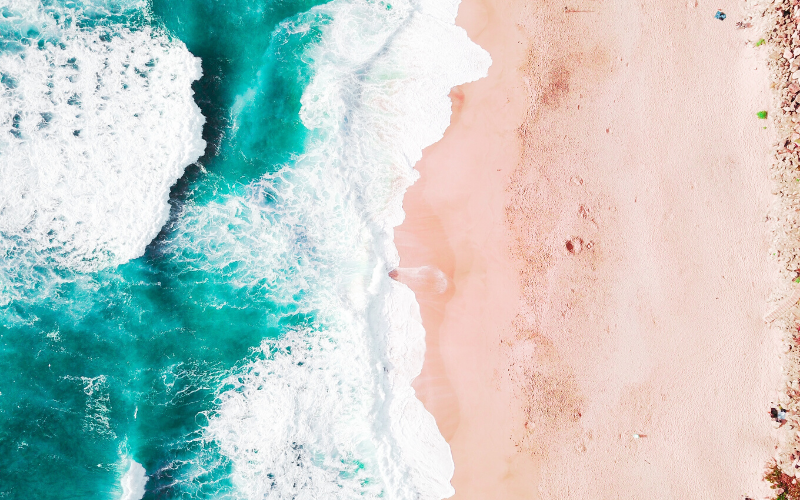A sea of freshwater under the salt ocean. It seems a paradox, but it is real. A research group at Columbia University has discovered a giant freshwater aquifer trapped in porous sediments. In fact, it is below the vast expanse of water from Massachusetts to New Jersey. This is really interesting because it could provide water for the world’s arid regions.
The Largest Sea of Freshwater in the World
It’s a lake covering about 9,600 square miles. It’s larger than Balkhash, the largest lake in Central Asia. In other words, the aquifer discovered is incredibly huge. But there’s more. The study suggests that these aquifers could be found in many other coasts around the world, forming potential reservoirs for areas in need of water.
Chloe Gustafson, lead author of the research, is very enthusiastic about the discovery. “We knew there was fresh water in isolated places, but we didn’t know its extension or geometry,” she explained. “It could be an important resource for other parts of the world.”
The first signs of this date back to the 1970s and, for once, the search for oil was useful. In fact, oil companies sometimes found fresh water in their underwater hydrocarbon exploration. Scientists discussed for a long time whether water deposits were just isolate reservoirs or wider extensions. The holes made for oil exploration are in fact very small in diameter.
But 20 years ago, Kerry Key, co-author of this study and who had helped oil companies to develop techniques for searching the seabed, decided to check whether they could also be used to find freshwater deposits. As a result, in 2015, targeted studies began in this direction.
Analyses carried out in several places have shown that the deposits are not scattered, but continuous. They start at the shoreline and extend far within the shallow continental shelf, sometimes up to 75 miles. In most cases they begin at a depth of about 600 feet and reach 1200 feet.
Why Is There Fresh Water under Salt Water?
In any case, it is a very unique discovery. According to the most reliable hypothesis, it all started about 15,000-20,000 years ago, towards the end of the last ice age. At that time much of the planet’s water was in ice 4,500 feet deep and sea levels were much lower. But when the ice melted, fresh water got trapped there, even as sea levels rose.
According to the researchers, however, this particular stratum could also be fed by the modern underground runoff from the earth. This is what happens to the rains that penetrate the earth’s sediments.

